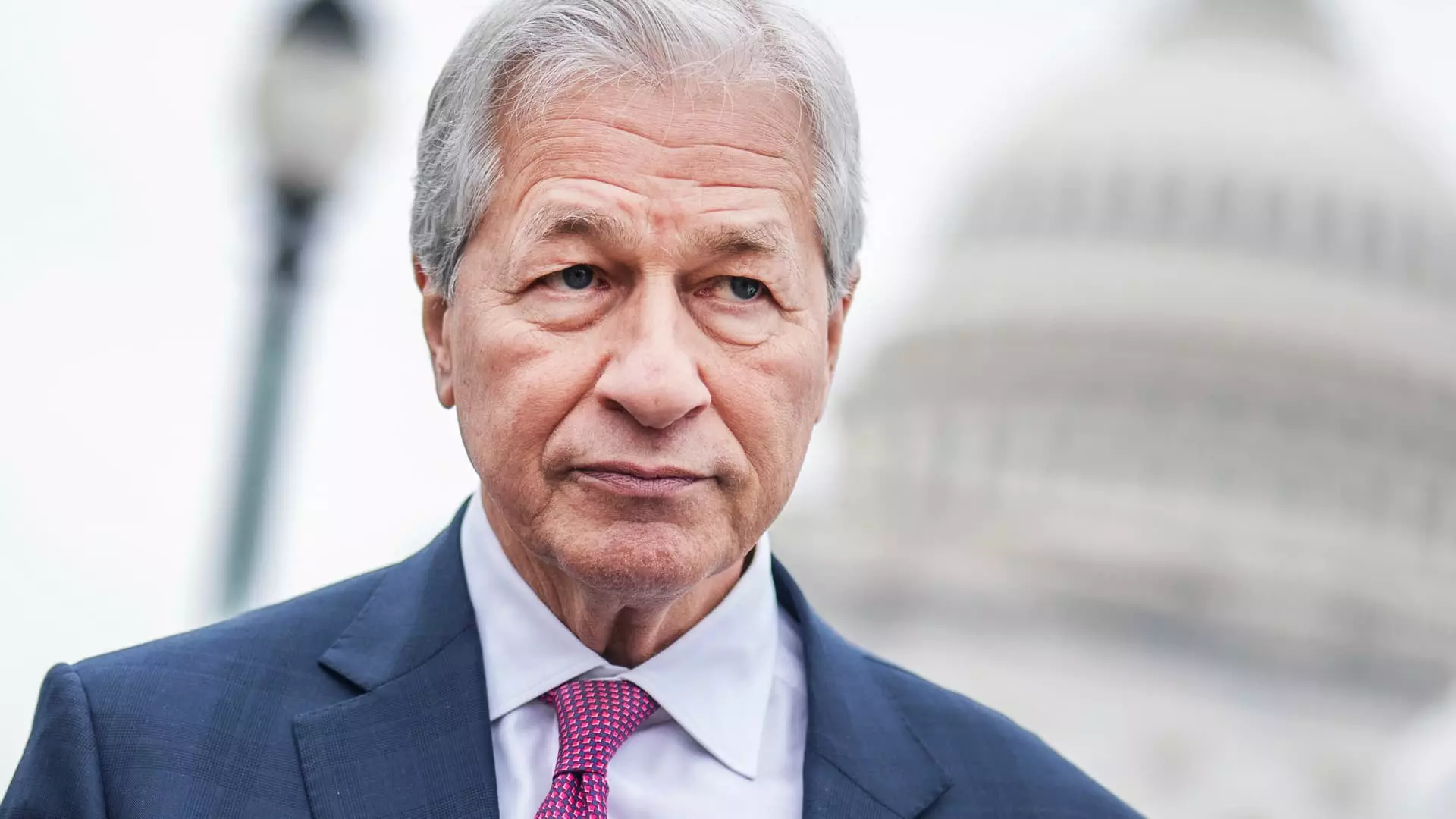The recent rhetoric from JPMorgan Chase’s leadership, particularly CEO Jamie Dimon, underscores a complex dance between skepticism and strategic necessity. While Dimon dismisses stablecoins as “not very appealing,” he simultaneously acknowledges the importance of understanding and experimenting with them. This contradiction reveals more than just a guarded stance; it exposes the underlying tension within traditional banking institutions as they grapple with disruptive financial technologies. Banks, long pillars of stability and control, are being forced into a reluctant engagement—not out of passion, but out of an acute awareness that the financial landscape is shifting beneath their feet.
This ambivalence highlights a fundamental question: Are banks genuinely interested in the transformative potential of stablecoins, or are they merely trying to contain and co-opt a technology they cannot fully control? JPMorgan’s limited launch of a stablecoin restricted to its clients appears more like a tactical move to test the waters than a genuine embrace of decentralization or privacy-enhancing innovation. The reluctance to see stablecoins as an alternative to traditional payment systems exposes an understandable human bias—fear of losing dominance, of diluting the perceived safety of fiat-backed currencies, and of ceding control to new entrants.
The Power Struggle Behind the Curtain
Behind Dimon’s carefully worded statements lies a deeper truth: the battle for financial sovereignty. While the banking conglomerates maintain their stance as stewards of stability, they are acutely aware of a seismic shift in trust and infrastructure. Fintech companies and tech giants are racing to recreate financial services, harnessing blockchain technology to provide faster, cheaper, and more inclusive payment solutions. For banks, this represents not just a technological challenge but a threat to their core authority.
The idea that stablecoins are simply “not very appealing” glosses over their disruptive potential—potentially undermining the very foundation of traditional banking. In their quest to stay relevant, these institutions are covertly exploring the terrain, knowing that refusal to participate could lead to marginalization. Their strategy—engaging minimally, observing, and eventually adopting—bresents a false sense of control. Meanwhile, the risk is that these technological innovations will accelerate beyond their reach, fragmenting the market they once dominated.
The Political Dimension: Balancing Innovation and Regulation
From a centrist-liberal perspective, the response of the banking industry reveals the complex relationship between innovation, regulation, and societal good. On the one hand, stablecoins promise efficiency, lower transaction costs, and broader financial inclusion—goals aligned with liberal values of fairness and access. On the other hand, a lack of proper oversight could unleash instability, facilitate illicit activities, and erode consumer protections.
Banks’ reluctance exposes their preference for maintaining the status quo at all costs, fearing loss of oversight and the accountability that comes with traditional banking. Yet, they are also pragmatic—they recognize the need to adapt quickly or risk being rendered obsolete by agile competitors. The regulatory environment is gradually evolving, and banks understand that collaboration—and perhaps even co-creation—may be their best option to shape the future landscape responsibly.
This interplay between skepticism and strategic curiosity signifies a broader debate about how society manages financial innovation. It underscores the importance of striking a balance: harnessing the potential benefits of stablecoins to promote financial stability and inclusion while vigilantly guarding against risks and ensuring transparency. Banks’ cautious dabbling is a reflection of a world where power dynamics are shifting, and the old guard is scrambling to prevent losing control altogether.
The narrative spun by JPMorgan and other banks about stablecoins is not merely about technological curiosity or fiscal prudence. It is a deliberate performance woven into a larger game—a high-stakes power struggle. The banking industry is desperate to maintain its influence under the guise of cautious exploration, knowing full well that silence or outright rejection could pave the way for a new financial order that they might no longer control.
In this delicate dance of skepticism and strategic involvement, the true lesson emerges: the future of money is no longer dictated solely by traditional institutions but by a complex web of innovation, regulation, and societal demand for trust and fairness. The question is whether these banks can genuinely embrace change without losing the grip on the financial narrative they have long dominated.


Leave a Reply